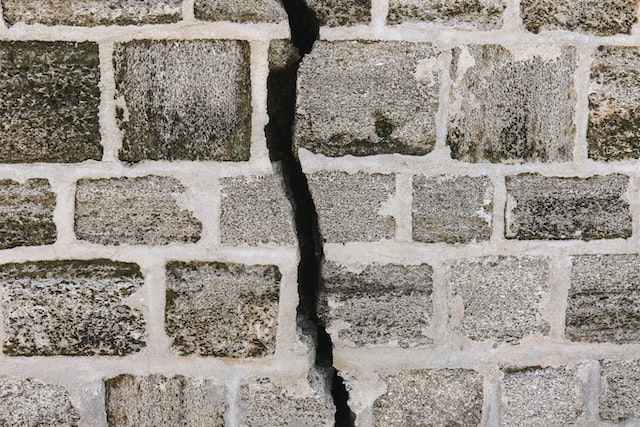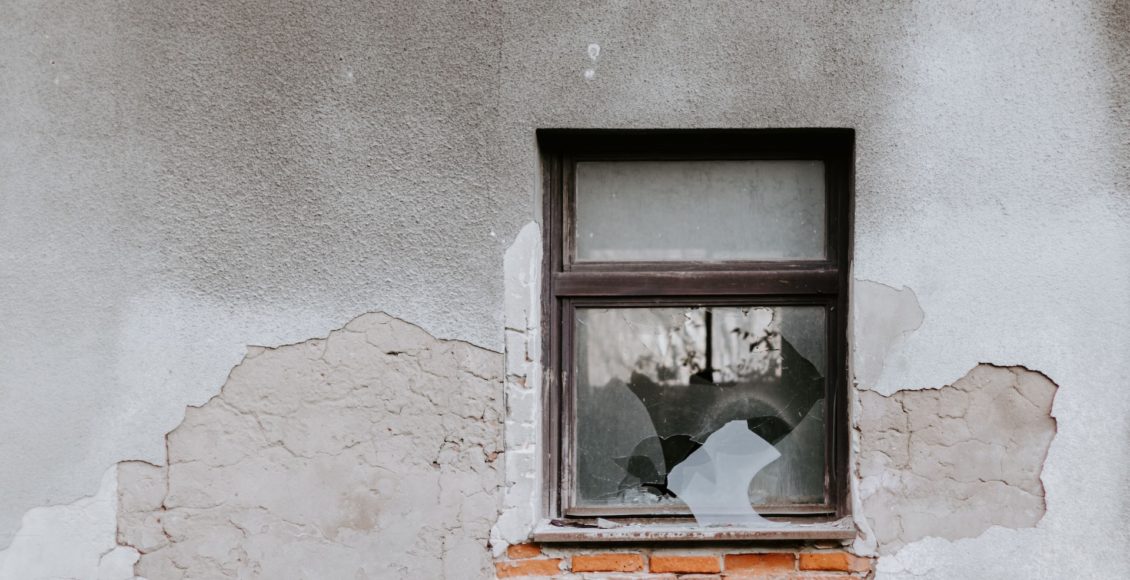No one wants to see cracks in the walls of their home. It can be a sign of damage, and it can also lead to further problems down the road if they’re not taken care of properly. In this blog post, we will discuss what you can do to take care of any appearing cracks in your home’s walls. We’ll cover everything from identifying the cause of the crack to how to fix it permanently. Keep reading for more information!
1) Identifying the Cause of Cracks
There are a few different things that can cause cracks in the walls of your home. Here are some of the most common ones:
- Structural problems – This is probably the most common cause of wall cracks. If your home is starting to show signs of structural damage, it will likely manifest as cracks in the walls.
- Foundation problems – Another common problem that can lead to wall cracks is foundation damage. If your home’s foundation isn’t stable, it can cause the walls to crack over time.
- Water damage – One of the most insidious causes of wall cracks is water damage. If there’s any water infiltration into your home, it can slowly erode the mortar and brickwork, leading to cracking over time.
In addition, it’s possible that the cracks in your walls were caused by something else. It could be due to an earthquake, the settling of the house, or even just normal aging of the materials.
2) Fixing Cracks Permanently
Once you’ve identified the cause of the crack and taken steps to fix it (for instance, fixing any structural or foundation damage), it’s time to fix the crack itself. The best way to do this is by using a combination of mortar and caulk. Start by cleaning out any debris in the crack, then use a trowel to fill it with mortar and press it down firmly. Once it’s dry, use some caulk to seal the edges of the crack and keep moisture from seeping in.
However, you can also let professionals do it. By finding a trained foundation repair company, you can be sure that the job is done right and that your home will remain safe for years to come. Not only that, but it can also save you time and money in the long run.
3) Prevention Is Key
Walls can crack for a variety of reasons, such as settling or shifting foundations, extreme weather changes, and even the weight of furniture or appliances. While it is impossible to completely prevent cracks from appearing in your home’s walls, there are a few things you can do to help minimize their appearance and slow their spread. First of all, you should make sure that the foundation of your home is strong and stable. Make sure to check for any visible signs of shifting or settling, and have a professional inspect it if you are unsure.
You should also inspect your walls and ceiling regularly for any visible cracks, bulges, stains, or discolorations that may signal structural issues and could turn into a bigger problem down the line. If you find any of these signs, call a professional for further inspection. It is also important to take preventative steps when it comes to moisture and humidity in your home. The addition of exhaust fans or dehumidifiers may help reduce the amount of moisture that can cause walls to swell and crack. Additionally, if you live in an area with extreme weather conditions, it is important to make sure your home’s structure is designed to withstand such conditions.
At the same time, be sure that all of the furniture or appliances being placed against walls are not too heavy; even though they may seem safe now, walls can weaken over time. Finally, make sure that any repair or replacement is done by a qualified and certified professional to ensure it is done correctly and safely.

4) What are Some Common Types of Cracks?
When it comes to cracks in walls, there are several different types that can be identified. The most common and easiest to recognize are vertical cracks, which run from the base of the wall to the ceiling and indicate that something is wrong with either the foundation or the structure of your home. Diagonal cracks, which typically form across a corner in a V-shape, usually occur when the foundation is shifting.
Horizontal cracks are less common, but still quite serious; these run along the length of a wall and indicate that there is a problem with the structure or framing of your home. Finally, stepped cracks indicate a significant problem with either the structure or foundation of your house.
5) When to Address the Problem?
Most people put off dealing with cracks in their home’s walls until they become a major problem. This can be a big mistake, as small cracks can often turn into much bigger ones if not addressed early on. In fact, many homeowners find that the cost of fixing smaller cracks is much cheaper than repairing more extensive damage caused by larger ones. So when should you address the problem of cracks in your home’s walls?
In general, you should consider addressing the issue if:
- The crack is wider than a quarter of an inch or longer than three inches;
- You can see pieces of debris in the gap between the wall and ceiling;
- The crack is releasing moisture or water;
- You find yourself constantly having to repaint the area around the crack;
- The crack is weakening the integrity of your home’s structure.
If any of these signs are present, it is important to have a professional inspect and repair the cracks as soon as possible.
Cracks in the walls of your home can be a sign of more serious problems, such as foundation damage. If you notice any cracks in your home, it’s important to take care of them as soon as possible. In this article, we’ve discussed how to take care of appearing cracks in a home’s walls, as well as some common types of cracks and when you should address the problem. If any of these signs are present, it is important to have a professional inspect and repair the cracks as soon as possible to prevent further damage from occurring. Taking the proper steps now can save you money in the long run.



Comments are closed.